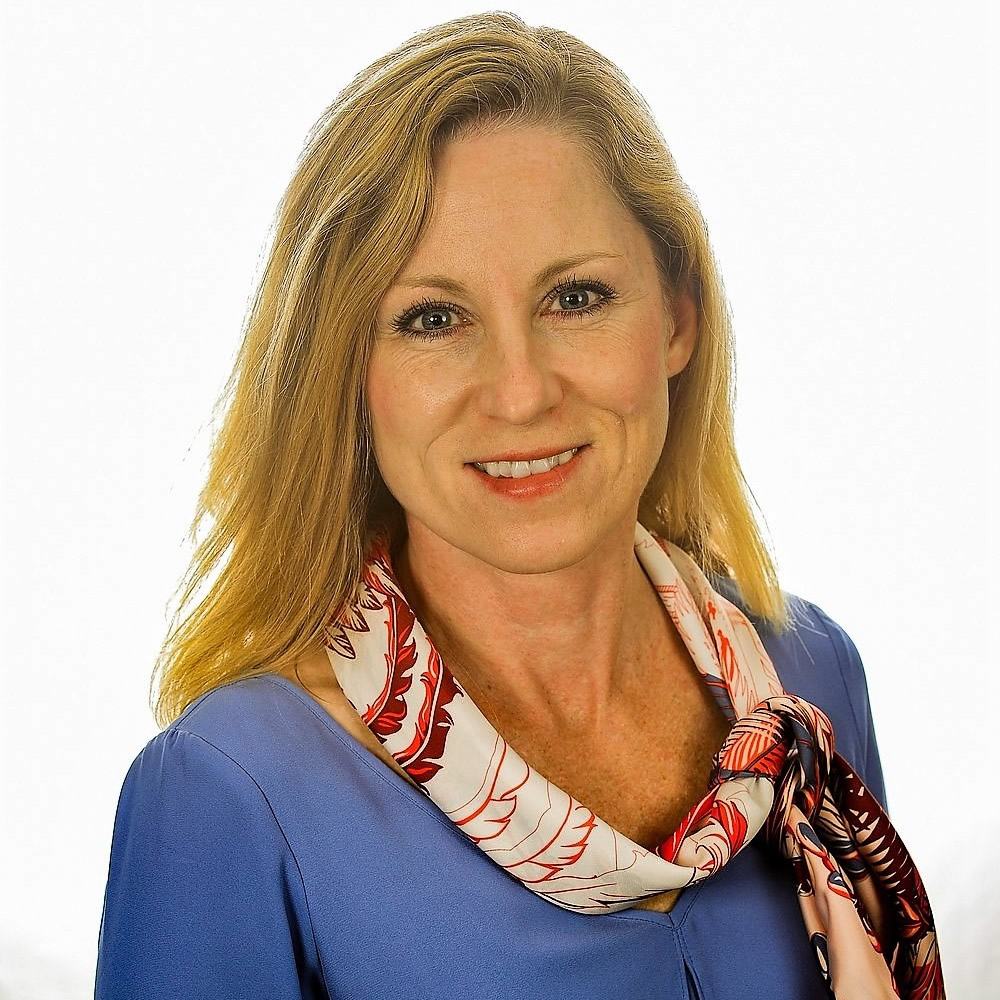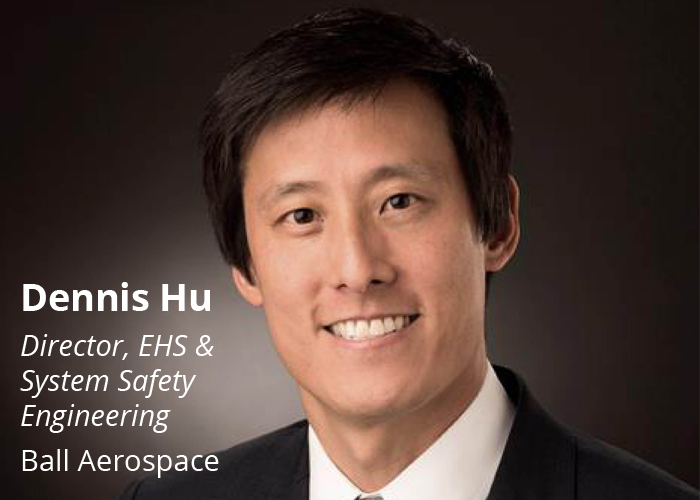Four Signs Your EHS Auditing Program is Ready for a Refresh

But have you asked yourself recently whether your audit program achieves these goals? Have you taken a good hard look to evaluate the effectiveness of your audit program in adding value to your organization?
Auditing, as with any other process or program, benefits from periodic assessments to ensure your company is realizing the expected benefits from the resources dedicated to the operation. We are all being asked to do more with fewer resources, so it is more important than ever to be able to justify programs that some may view as optional or not critical to business functions.
In my experience, there are a few telltale signs that your corporate auditing program has started to lose its edge. These may include:
- The focus is still on regulatory compliance: While evaluating and working to maintain programs that comply with regulatory requirements is absolutely important to a company, this approach may not be focusing on the greatest risks associated with your operations. Incorporating facility-customized risk-based auditing and company cultural elements into an audit program can dramatically improve audit outcomes and drive your program to the next level.
- The results aren’t revealing: If you could take the facility’s last audit report and simply change the date to this year, then it might be time for you to rethink your approach. Audit results should not be the same year over year, and if they are, the facility is either not addressing issues when identified, or is not getting to the root cause. This may be an indication that the audit process should shift from focusing on the symptoms (deficiencies, findings, violations) to understanding the underlying causes of the issues.
- Nobody is excited to see you: Stakeholders can view audits with dread or they the can be dismissed by personnel at the audited facilities. People at the facility/plant level are very busy with day-to-day activities and participating in an audit that will likely leave them with a list of additional projects is not something they look forward to. How can you make the process more palatable to personnel undergoing the audit and alleviate some of their pain points?
- The value of the program is not well-understood: Resources are limited, and becoming more so all the time. If an EHS audit program is not seen as adding value to the company, it is at risk of being eliminated. If you find yourself in this position, it might be time to reframe the business value of an audit to the audited facilities and to the company as a whole.
Join us this fall for a conversation in Toronto where we’ll share strategies for refreshing your EHS audit program, improving its usefulness and effectiveness, and changing its image within your audited community. You’ll learn valuable approaches and tips from EHS professionals who have tackled the challenge of EHS audit program revisioning!
Topics:
Auditing
EHS Compliance
Sponsored Content
About the Author

Becky Corbin
Woodard & Curran
Becky, a Certified Hazardous Materials Manager and Certified Professional Environmental Auditor, is a Senior Principal and Project Manager on the Compliance Services Team. She works with clients nationwide, helping them identify and manage their environmental, health and safety responsibilities.
Becky has extensive experience leading and conducting multimedia EHS compliance audits for a variety of clients, including industrial / manufacturing facilities, utilities, universities, and hospitals. She also assists clients with developing and implementing EHS programs and management systems. She is able to draw on her consulting experience with a broad spectrum of clients in different industries and geographies to develop customized solutions to EHS challenges and help clients achieve world-class results.
Becky has extensive experience leading and conducting multimedia EHS compliance audits for a variety of clients, including industrial / manufacturing facilities, utilities, universities, and hospitals. She also assists clients with developing and implementing EHS programs and management systems. She is able to draw on her consulting experience with a broad spectrum of clients in different industries and geographies to develop customized solutions to EHS challenges and help clients achieve world-class results.


